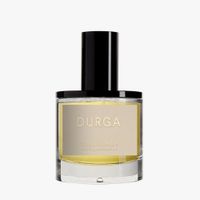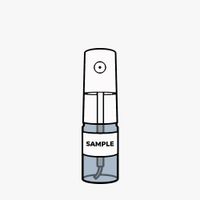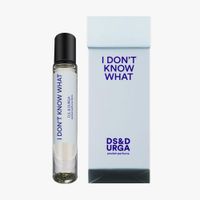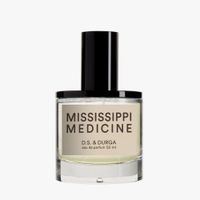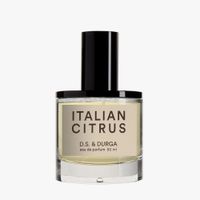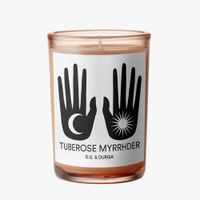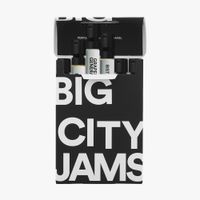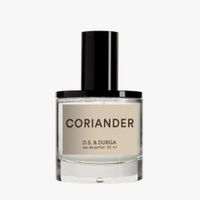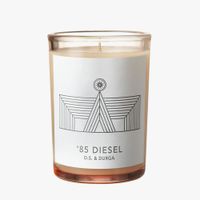D.S. & Durga
DURGA – Eau de Parfum – Sample
inkl. MwSt. zzgl. Versandkosten
Auf Lager
1–3 Tage Lieferzeit
- Less Waste
- Vegan
- Travelsize
Die Tuberoseblüte ist cremeweiß, grün und narkotisch – und genauso ist dieser Duft. Die wertvollsten Dosen der feinsten floralen Absolues werden in diesem Flakon eingefangen. Trocken-holzige Orrisbutter und bittere, schon fast scharf-blumige Orangenblüte tanzen in einem sich kompelmentierenden Kontrast umeinander während Ylang-Ylang eine kühle Feuchte verleiht. Arabischer Jasmin ist eines der wichtigsten Elemente in der Palette des Parfümeurs und besitzt die mystische Fähigkeit, disparate Kontraste verschmelzen zu lassen. Abschließend fügt Chrysantheme der Tuberose eine echte Note hinzu - eine grüne Frucht und kalkhaltige Erde, die die Fülle der Tuberose verlängert. Ein Duft so unvorstellbar narkotisch.
Kopfnoten: Grüne Tuberose, Melone, Chrysantheme
Herznoten: Ylang Ylang, Orrisbutter, Orangenblüte
Grundnoten: Tuberose Absolue, Arabischer Jasmin, feiner Moschus

D.S. & Durga ist eine in Brooklyn ansässige Marke, deren Düfte Geschichten erzählen die Dich an ferne Orte transportieren. Jeder Duft ist ein Fragment von halb erinnerten Mythen von Pionieren, Grenzgängerinnen und Cowboys, imaginären Landschaften, Salons und Werkbänken, die zum Entdecken einladen. Nach den Gründern liegt die Kunst eines Parfums nicht nur in der Qualität sondern auch in dem Umgang mit den einzelnen Komponenten. D.S. steht für David Seth Moltz, welcher sich selbst lehrte, wie man Parfüm herstellt. Er lebt seine Leidenschaft ...Mehr

